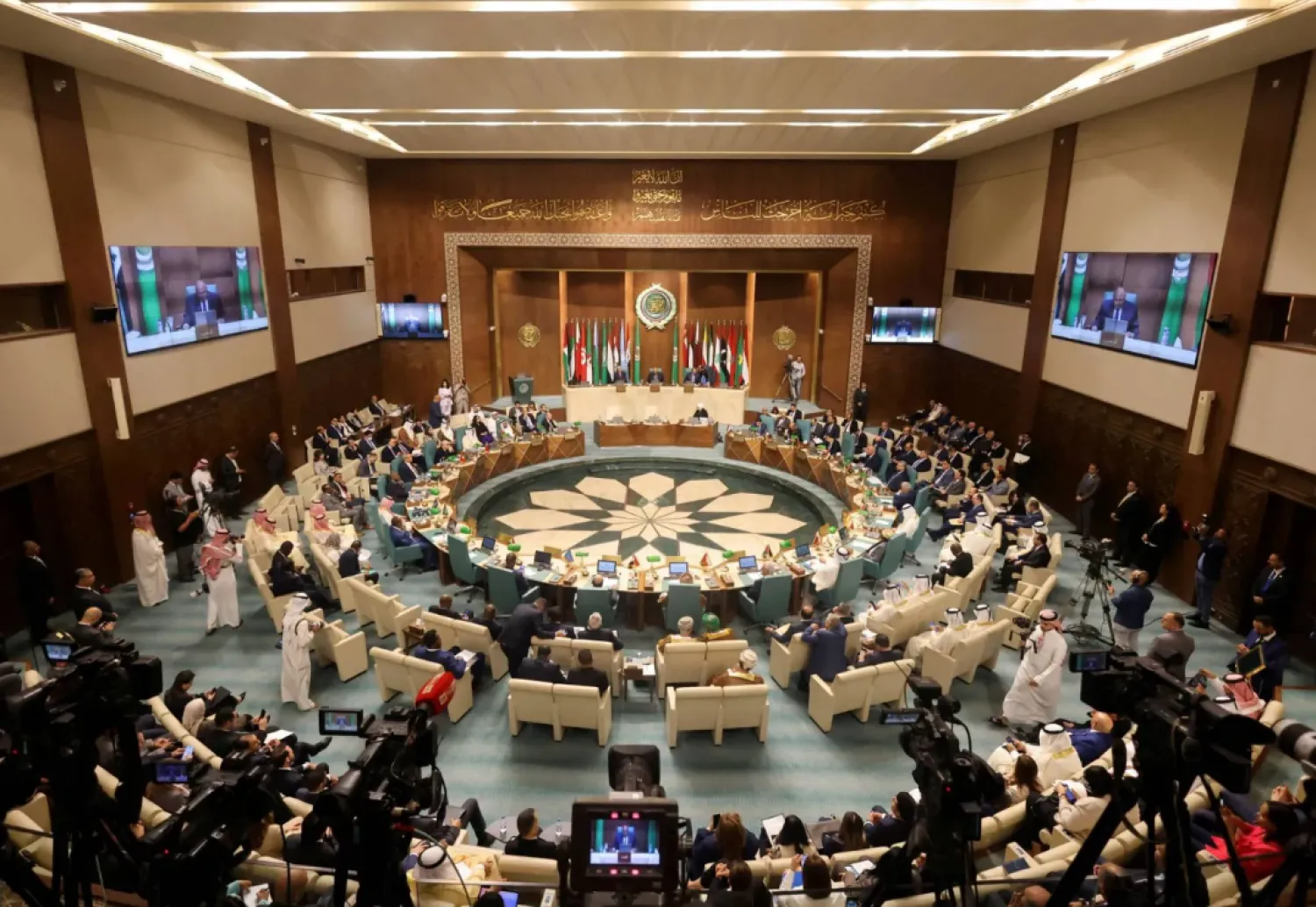Saudi Minister of Foreign Affairs, Prince Faisal bin Farhan bin Abdullah, met on Monday in Muscat with Minister of Foreign Affairs of Oman, Sayyid Badr bin Hamad bin Hamoud Al Busaidi, where they reviewed the fraternal relations between the two countries and ways to develop them across various fields.
The two sides also discussed regional and international developments, and the efforts addressed in this regard.
Following their meeting, the Saudi Minister and his Omani counterpart co-chaired the third meeting of the Saudi-Omani Coordination Council with the participation of the heads of the Council’s subsidiary committees and the two heads of the Council’s General Secretariat teams.
The meeting of the Coordination Council comes as an affirmation of the keenness of the Saudi and Omani leaderships to strengthen fraternal ties and advance them toward broader horizons that achieve greater prosperity for the two countries and peoples.
In his remarks during the meeting, Prince Faisal affirmed that the meeting builds on the second meeting of the Saudi-Omani Coordination Council, which was held in AlUla on 12 December 2024, and on its positive and fruitful outcomes within the framework of the approved recommendations and initiatives.
Prince Faisal stressed the importance of continuing the work of the Council’s subsidiary committees to complete the necessary procedures to implement the remaining initiatives, and of the General Secretariat’s role in follow-up and in addressing any challenges that may hinder implementation.
The Saudi minister underscored the importance of developing and enhancing trade relations, stimulating investment, and strengthening cooperation between the public and private sectors. He commended the signing of the minutes facilitating mutual recognition of rules of origin between the two countries and the acceptance of certificates of origin issued by the competent authorities, as well as the launch of the second phase of industrial integration initiatives between the two countries.
This, Prince Faisal highlighted, reflects the strength of economic ties and underscores the commitment to enhancing economic and trade cooperation in a manner that serves the interests of both countries and peoples.
He also praised the ongoing work to establish and launch the Coordination Council’s electronic platform, which aims to connect all committee work and initiatives to facilitate follow-up on the Council’s progress. The Foreign Minister further welcomed the progress achieved between the two countries in the fields of economy, trade, industry, energy, investment, and other vital sectors, and efforts to expand cooperation opportunities in ways that yield positive outcomes and benefits for the two peoples.
For his part, the Omani Minister of Foreign Affairs affirmed in his remarks the qualitative progress in relations between the two countries and the notable development witnessed across numerous sectors toward achieving economic integration and enhancing intra-trade and joint investments.
He also highlighted deeper cooperation in security and judicial fields, as well as cultural and tourism sectors, noting the advanced and continuous political cooperation, consultation, and coordination on regional and international issues—reflecting the shared commitment to aligning visions and objectives between the two countries.
The Omani foreign minister expressed his aspiration to continue advancing joint cooperation and achieving integration across all fields that bring further benefits to the two peoples, emphasizing the activation of agreed initiatives and the implementation of joint programs and projects in a manner that fulfills the aspirations of the leaderships and peoples of both countries.
At the conclusion of the meeting, the two sides signed the minutes of the third meeting of the Saudi-Omani Coordination Council.
The meeting was attended by Assistant Minister of Interior Dr. Hisham Al-Falih; Deputy Minister for Political Affairs Ambassador Dr. Saud Al-Sati; Saudi Arabia's Ambassador to Oman Ibrahim bin Bishan; Assistant Minister of Investment Dr. Abdullah Al-Dubaikhi; Deputy Minister for International Economic Affairs at the Ministry of Economy and Planning Rakan Tarabzoni; Head of the Secretariat's working group by from the Saudi side Engineer Fahd Al-Harthi; and Director General of International Cooperation at the Ministry of Culture Abdullah Al-Raddadi; and Advisor to the Director of the Strategic Management Office Eng. Abdulrahman Maghrabi.









